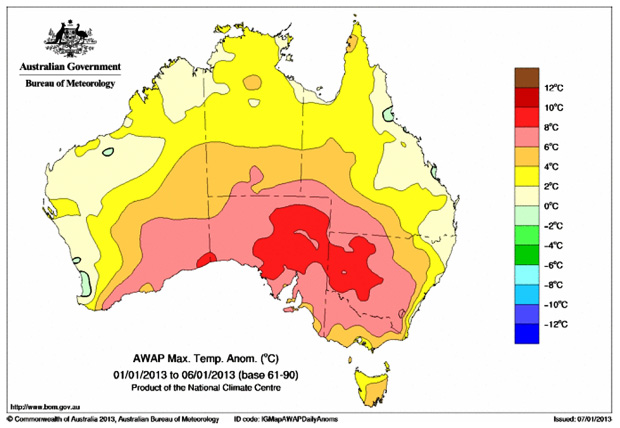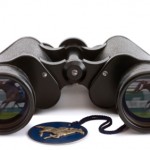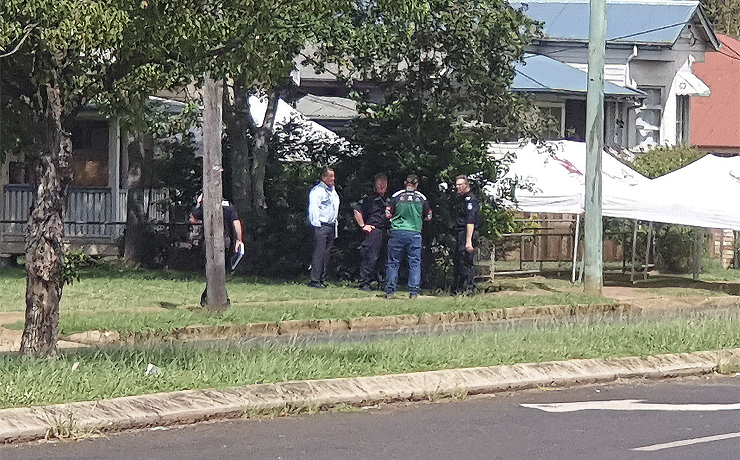
January 8, 2013
With temperatures in parts of Queensland predicted to soar to over the next few days, South Burnett residents have been warned to take care.
Queensland Health Chief Health Officer Jeannette Young said it was important people looked after their health by staying cool and hydrated.
Dr Young said a number of measures could be taken to prevent heat-related illnesses, including:
- Drink plenty of fluids – cool water is best. Don’t wait until you are thirsty to drink but drink regularly throughout the day
- Urine colour is a good guide to hydration; it should be clear to light straw-coloured, not dark or gold
- Stay indoors in very hot weather, preferably in an air-conditioned building or ensure there is good air flow with fans and open windows
- Public venues, such as air-conditioned shopping centres and pools, can provide refuge from the heat
- People can also stay cool by taking cool showers or baths, soaking their feet in a basin of water, or wetting a bandana or washer and wrapping it around their neck
- Take time to adjust to the environment, pace yourself and limit strenuous outdoor activity.
Queensland Ambulance Service Acting Commissioner David Eeles said with the increase in temperatures, the QAS was anticipating an increase in calls to people suffering heat-related illness.
“Past experience has shown an increase in temperature meant an increase in workload for the Queensland Ambulance Service,” Mr Eeles said.
“Last financial year, paramedics responded to approximately 420 cases across the State where people had suffered heat-related illness, this equates to an average of more than one patient per day.
“The QAS is well-prepared and ready to respond to cases when required but it is vital people do their part, especially vulnerable community members, to prepare themselves.
Dr Young said certain groups of people were more prone to heat-related illnesses including the elderly, infants, overweight and obese people, pregnant and breastfeeding women and people with some pre-existing health conditions.
People who are physically active such as manual workers and people who play sport are also at risk and should take precautions.
“Monitor family, friends and even neighbours who may be more prone to heat-related illness; check on them and make sure they are okay,” she said.
She said all Queenslanders should be aware of what to do when people had heat-related illnesses.
“Heat exhaustion usually develops over a couple of days,’’ Dr Young said.
“Symptoms may include muscle cramps, heavy sweating, paleness, dizziness, nausea or vomiting and fainting.’’
She said heat stroke was the most serious heat-related illness and had the potential to be life threatening.
“Symptoms of heat stroke are similar to heat exhaustion but the person may also have an extremely high body temperature; red, hot, dry skin, but possibly some clamminess; a rapid pulse; headache and confusion,” she said.
“Cool the person down urgently with a cool shower, bath or sponge, or even spray them with cool water from a hose. Loosen their clothing and have them rest in a cool place.
“Provide cool non-alcoholic fluids, but only if you are confident they can swallow. Avoid drinks high in sugar and caffeine.
“If heat stroke is suspected, then the person will need urgent medical attention. Or if the person has blood pressure or heart problems, call Triple Zero immediately.”























